The repulsive seething mass of beetles shimmered in the high-altitude sunlight. I found myself transfixed by the frenetic movement of their red-backed bodies. I had spotted a few of the shiny-winged standouts on top of the dried and crusty stud pile while hiking up to check on the flow of a spring in our low range country, and simply flipped the crust off the manure pile with my fingers. My next instinct upon seeing the thousands of insects was to shake them off my hand.
There had to be five to ten thousand beetles in that one manure pile. When I exposed them to bright sunlight, they instantly ran for cover. The bugs were definitely not children of the light; rather, they thrived in sub-manure or, for the most of the winter, subterranean darkness. Even as I write this, I am more than normally restless. My ADHD self has a hard enough time sitting still whenever I write these tomes; but now, my whole body seems to tickle with the imagined and projected feel of the little manure-moving varmints on my skin under shirt and Wranglers.
I’m so glad none of you, dear readers, have these sorts of problems…or do you?
Dung beetles are a new phenomenon for us on Alderspring. They have become sort of a storm as of late. Just last week, despite teen and twenty-degree nights on the ranch, they are making their presence known above ground in manure piles all across the ranch. It’s not a storm, yet. The heat will wake them from slumber soon, and they’ll emerge from their winter diggings en masse, ready to go to work.
And the work is real. They eat manure piles, and lay eggs in them. Their tunnel networks allow other species access and everything from earthworms to nematodes uses them to gather food and break down the manure “pats” as we call them.
The first ones I spotted were compliments of Nicole Masters, world-renowned agroecologist. We were high up our grazing range, and she found some in along a draw, again, associated with horse droppings. She had a hunch, and knew right where to look.
She set me on a dung beetle trail.
And the fact that they have finally arrived is the interesting thing about this story. I had been searching for the elusive shiny-backed beasts for years, but had pretty much given up. When Australian and American prairie grazer friends asked me about my dung beetles, I simply shrugged my shoulders and stated that it must be too cold. After all, it is cold. It’s too frigid in our mountain climate for most humans. We’ve tagged 40 below zero in some winters, and every winter has a snowbird-southward-sending subzero patch. This year it was in February.
But despite my talking trash about their cold tolerance, I began noticing them on the range, mostly associated with horse droppings. Stud piles, especially. Those are the fairly massive piles of horse manure left by a “stud” horse, especially the leader of a harem of mares. These aren’t your everyday thoroughbreds or Dutch warmbloods. These are wild—actually feral—horses of our open ranges.
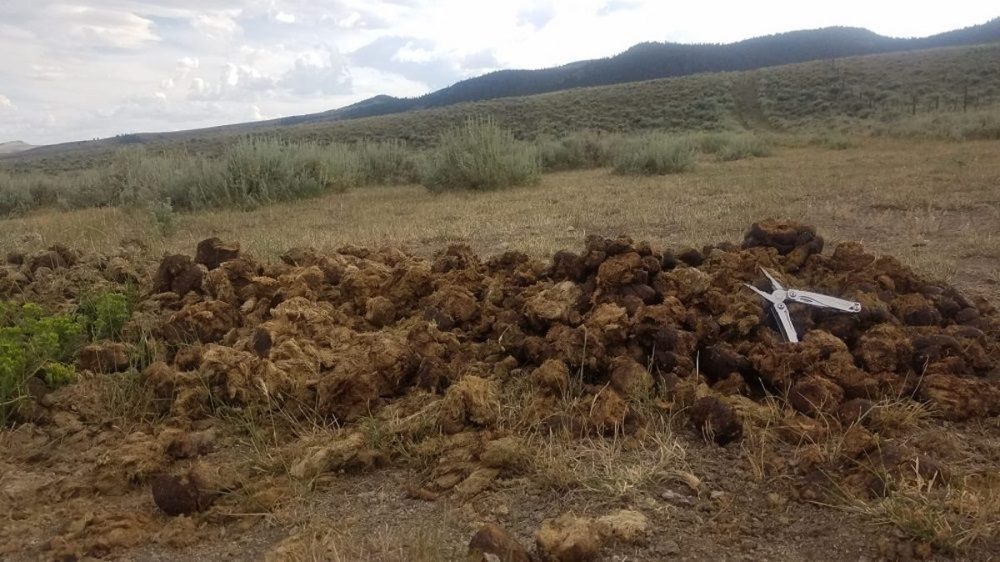
For years we lived with them. They were turned out on the wild open ranges to run free by a local rancher, as most of today’s “wild” horses are. No longer does much blood in their veins contain genes from those brought and released by the Spanish colonists and conquistadors of the 1500s. Most of the “mustangs” of today are simply ranch horses gone wild.
The horses on our ranges ran free for many years. Most of them were technically owned by one cowboy by the name of Verl Jones. Verl became a friend of mine as he used to buy my hay for his cattle outfit (his horses didn’t need it—they ran free on winter grass!). He was a one of a kind cowman—and horseman. Notoriously cantankerous, he somehow was very fair and kind to me. I was one of many who was saddened to hear that he passed, but there were also people who knew him (or of him) and were sadly indifferent.
He had horses running on the Morgan and Hat Creek ranges for likely over 60 years of his life. For many of those years, the wild ones wintered up there in that subzero cold, and scrabbled by on the desert ranges. Those of his horse string that weren’t tough enough, or traveled with poor feet, well, they quietly faded away and became food for one carnivore critter or another.
But many prevailed, and were led in “bands” held together by a single, dominant stud, who marked his territory with “stud piles.” I’ve seen several piles nearly 2 to 3 feet deep, the memorial of many visitations of one massive male horse or another. Like a dog marking territory, the studs laid down piles.
And many of those became home to a healthy population of dung beetles. They thrived there, long before I knew they were even in our country.
Why?
Well, I have no science to prove my theory, but I do have deductive reasoning on my side. First, the ranges are wild. What that means is there’s no chemical use up there in those mountains. There’s no crop ground, no people, no homes, no lawns, no pest control and no fertilizer.
It’s backcountry. It is clean of synthetics. Animals, plants and insects thrive in the delicate balance that God made. There’s over 400 species of native bees in Idaho, and I believe our grazing country has most of them. I have no idea what they are, but I can tell they are different.
Honeybees don’t exist up there. It’s simply too remote for them to get there. There’s plenty of flowers—probably over 2000 types—but no honeybees to collect their nectar. But there are lots of natives on them. Sometimes I’ll grab a siesta on the range in the shade of a sagebrush while my horse grazes nearby. And I’ll fall asleep to the incessant hum of native nectar collectors. It’s a bee storm.

No chemicals means the beetles live uninterrupted.
Theoretical reason number two: This one is related to the first reason, but not directly. Those horses that I speak of have been living on the ranges, running wild for decades. Verl Jones had no worming program. He didn’t apply chemicals either internally or externally to his wild equine stock (he might have if he could catch them!). Nearly every horse and cow owner I know of uses chemical wormers on their animals.
But Verl couldn’t and/or wouldn’t. Either way, the manure, just like the land itself, was chemical free. And those animals that eat the dung in those piles thrived. And nowhere else, at first.
When we first arrived in the Hat Creek country 20 years ago, I remember the cow manure. It was everywhere, it’s white petrified countenance turning up like a bad penny—under shade trees, along creeks, or even out in the sage. They weren’t Verl’s cattle, and the rancher that proceeded us had a full-on worming program, like everyone else.
Those cowpies wouldn’t rot. Bugs wouldn’t eat it, lay eggs on it, or bacteria or fungi decay it. Some of that ancient manure still remains, bleached white like a tombstone, a testament, I believe to a chemical worming culture practiced on the cows before we started grazing up there.
Now, since we’ve started grazing up there 20 years ago, I can’t find much left of our cowpies from just a year ago. Of course, we won’t ever worm, because we’re organic. And this simple change in NOT doing something has dramatically changed the balance of an ecosystem. With dung beetles causing the rapid breakdown of manure, the benefits are compounded through the entire soil profile.
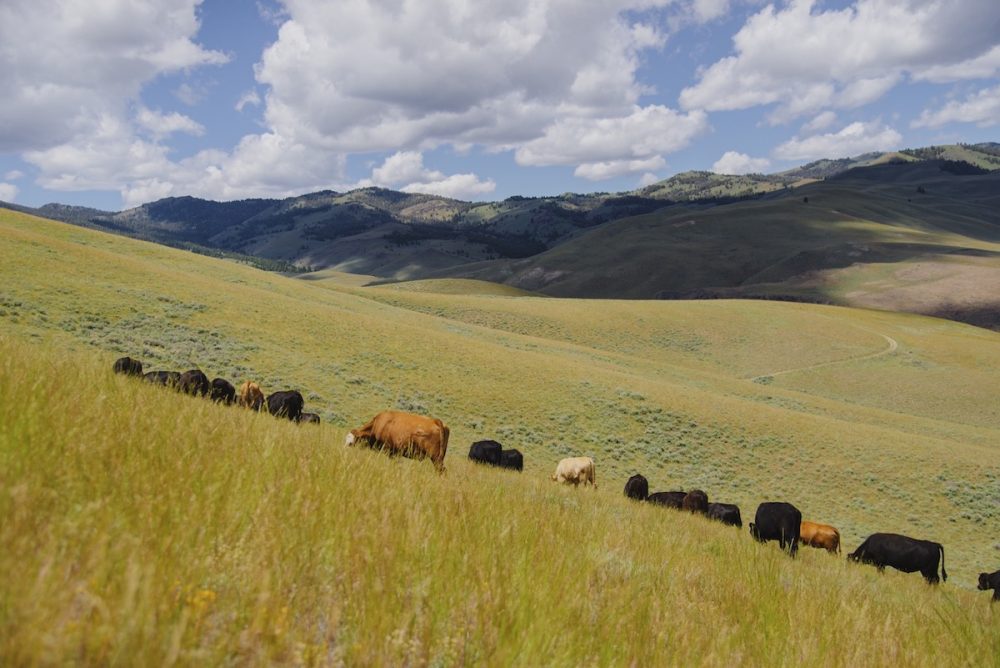
Our home ranch soil testing protocol is representative of the changes that our organic and adaptive grazing management can create. When we first started organic, adaptive, multi-paddock grazing management on our home ranch 20 years ago, our average soil organic matter was 2.45%. We just had a sampling done of the largest paddock on the ranch last fall. That soil’s organic matter measured in at 9.45%. That’s nearly a 4 fold increase in organic matter—the key indicator of soil health worldwide. Organic matter—that black humus—holds water, sequesters carbon, feeds plants, and prevents and mitigates desertification.
Most ranchers have organic matter between 1.5 and 4.5%.
“OM” is the foundation of life on Earth.
And dung beetles are key in the cycling of it.
Epilogue: Nearly every one of my neighbors spends days and weeks at this time of year, “brushing,” or “harrowing” pastures to break up the manure deposited from their cows over the winter season. It really does make the pastures look nice. Often, I’ll notice an alternate banding from which way the “brush” combs the beginning grasses; I’ll see a 100 acre pasture look like a lawn on an English estate.
Sadly, ours never look like that anymore. It’s more a field of unkempt chaos. There’s unevenly grazed clumps of grass, manure in various stages of breakdown, and clumps of uneaten hay scattered around the field, fouled by a cow’s urine or manure. There’s green grass coming up, but it is not in any way, shape, or form manicured looking.
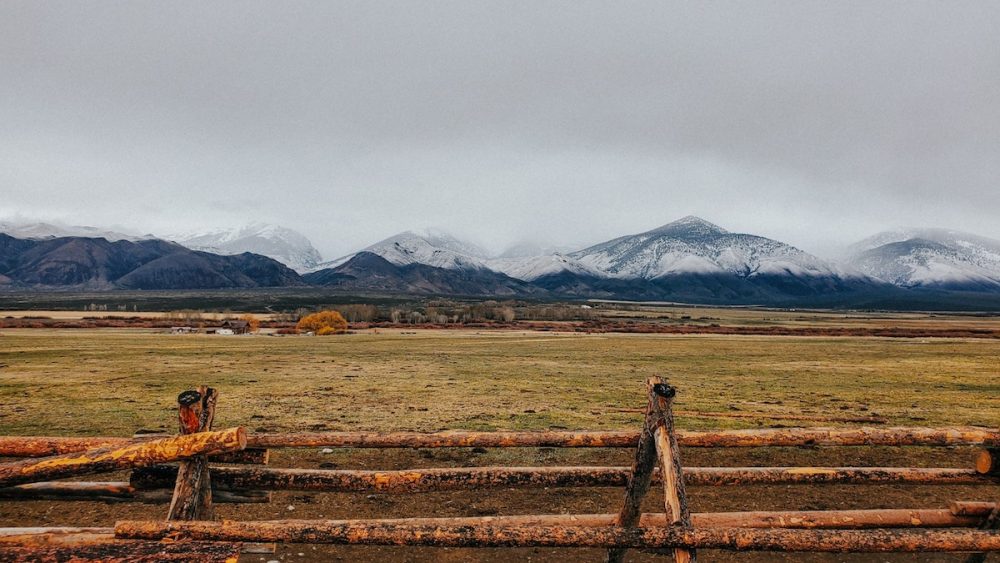
It’s because with dung beetles, I don’t have to break up the manure pats. In just 30 days, the manure will be gone, eaten and carried down into the soil because of beetles. I probably have several million of these unpaid employees. They are happy because I offer free room and board.
Free of chemicals.
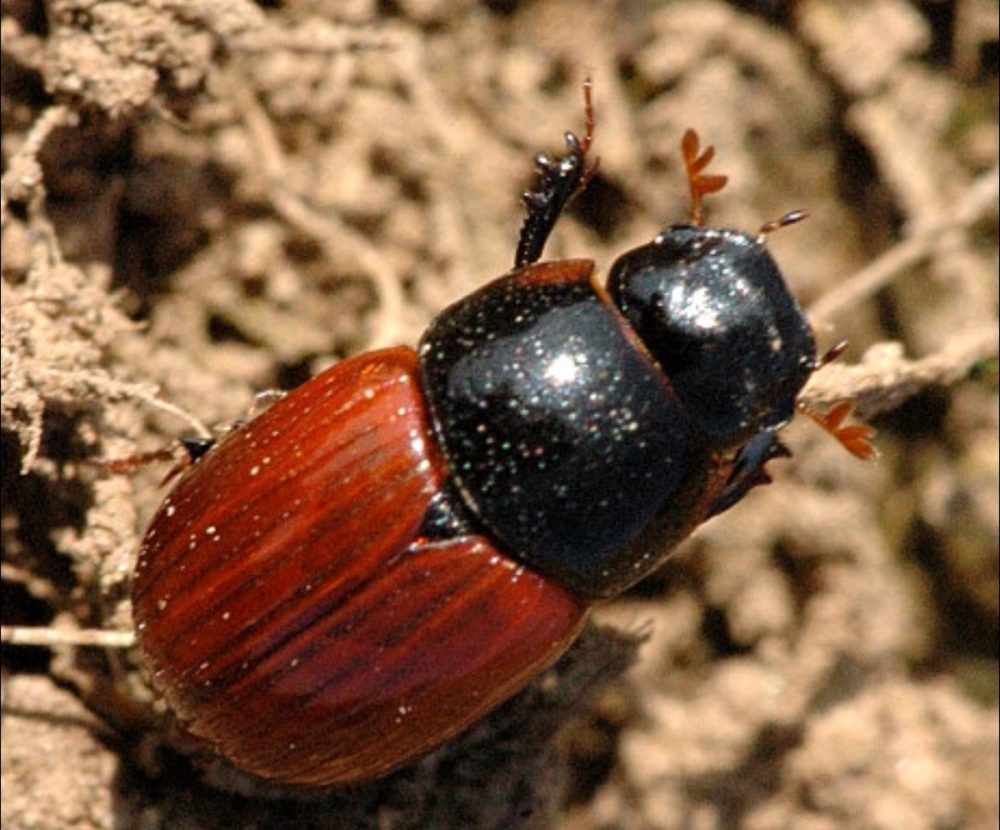
Happy Trails.
Glenn


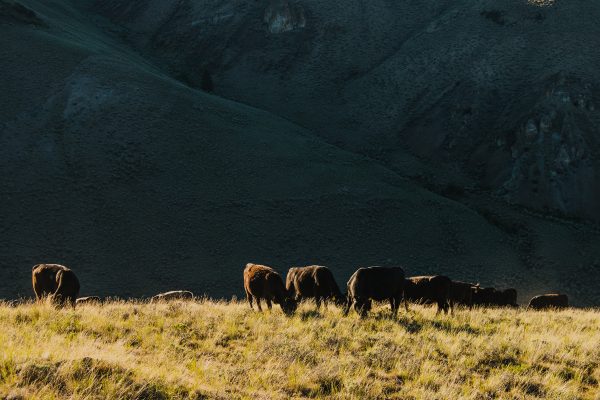
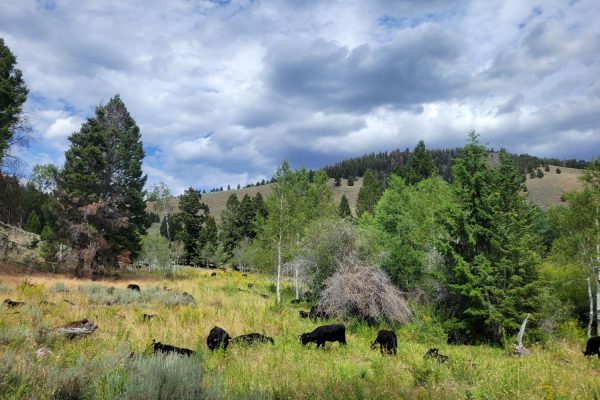

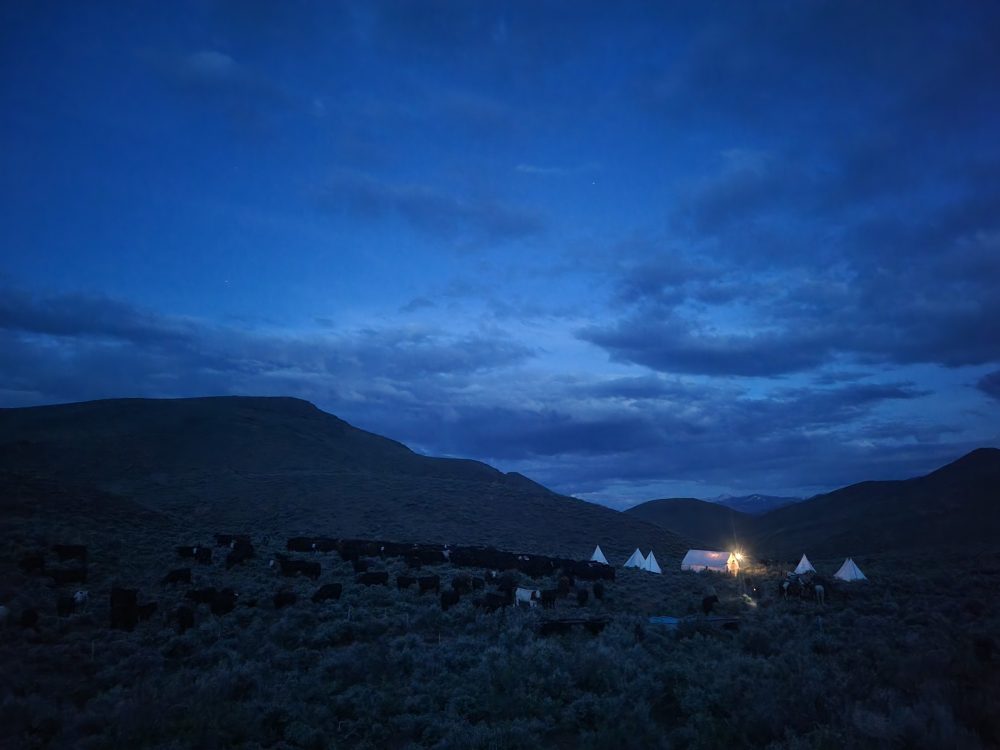
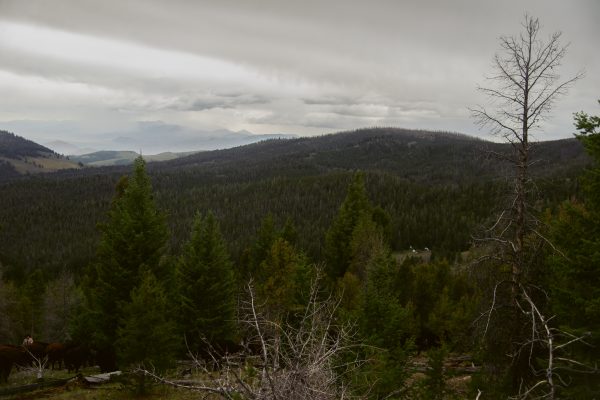
Leave a Reply